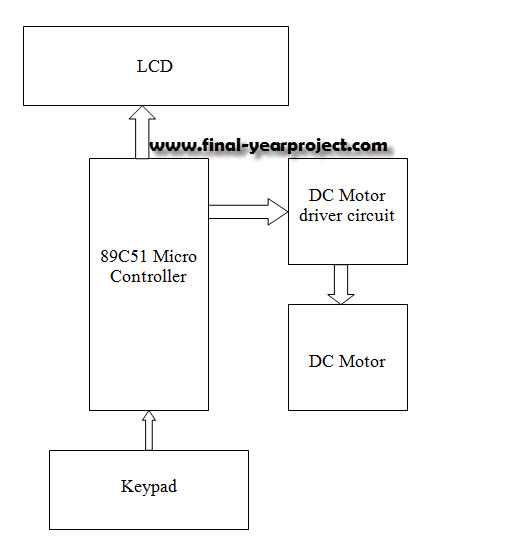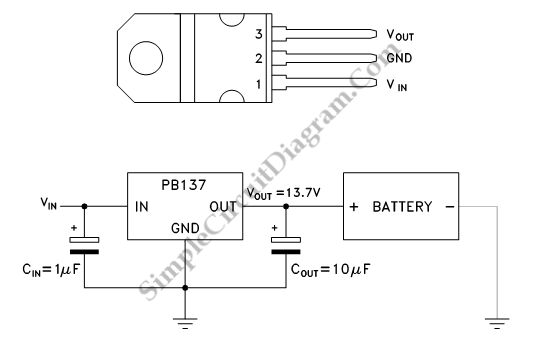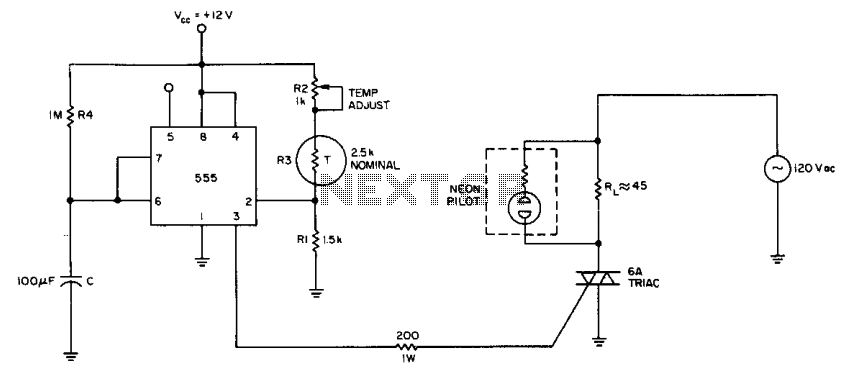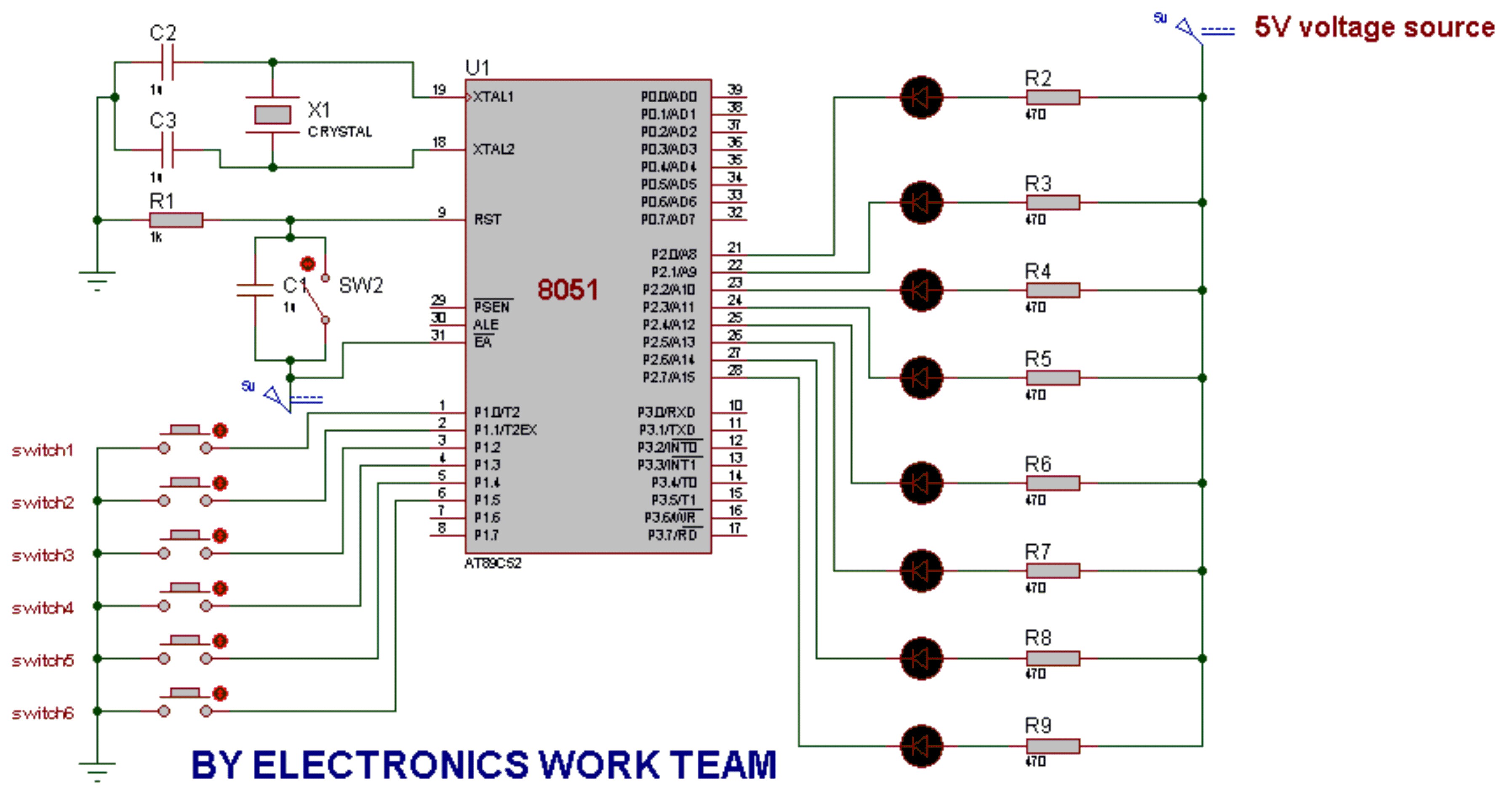
A Simple Programmer for PIC18F14K50 Microcontroller
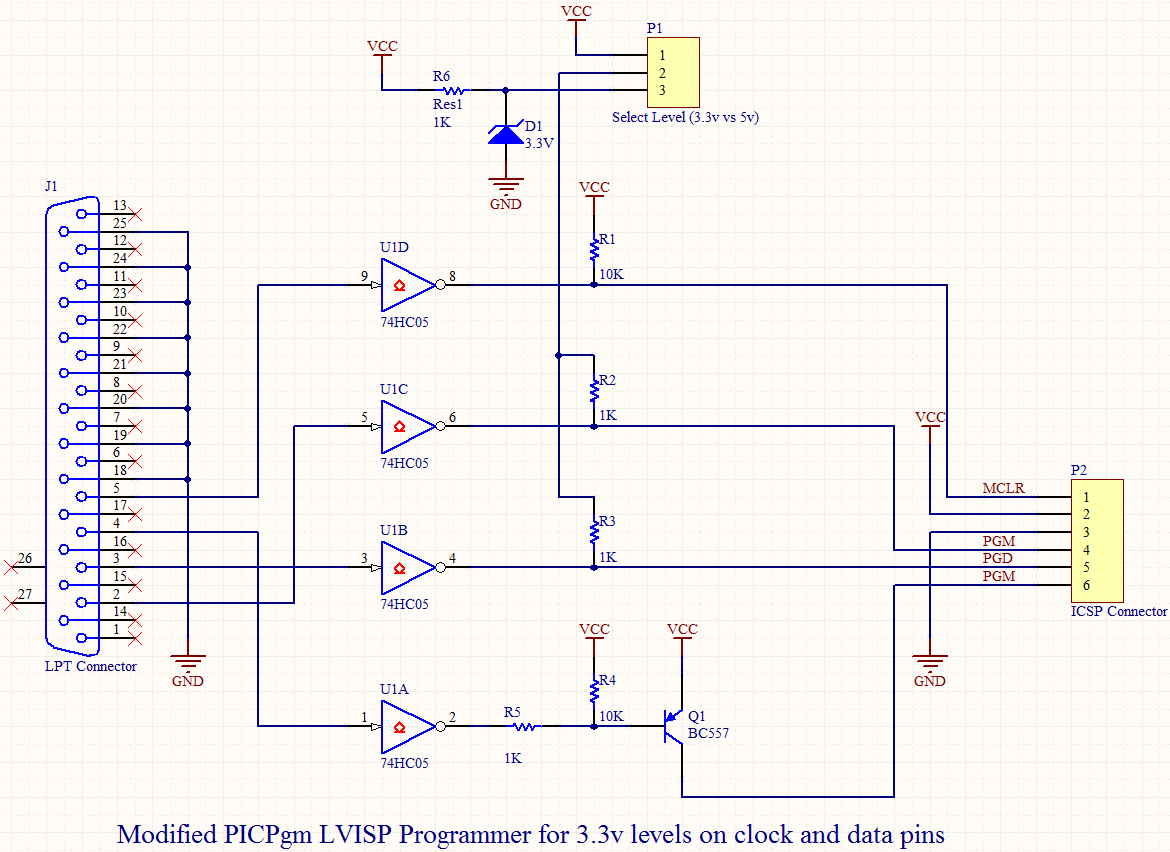
Microchip's PIC18F14K50 is an excellent choice, offering a wide range of features in a compact package at an affordable price. While focusing on the chip's numerous capabilities, a specific requirement for its flash programming was overlooked during the design of a small USB board. Unlike many other PIC microcontrollers, this particular model requires the activation of two programming pins for proper functionality.
The Microchip PIC18F14K50 microcontroller is a member of the PIC18 family, known for its high performance and versatility. It features a 28-pin package, making it suitable for space-constrained applications. The device operates at a maximum clock speed of 48 MHz and is equipped with 32 KB of flash memory, 2 KB of RAM, and 256 bytes of EEPROM, providing ample resources for a variety of embedded applications.
One of the key aspects of the PIC18F14K50 is its USB interface, which supports full-speed USB 2.0 connectivity. This feature is particularly beneficial for applications requiring direct communication with host devices such as computers or USB hubs. The microcontroller also includes multiple I/O ports, allowing for the connection of various peripherals, sensors, and actuators, enhancing its functionality in different projects.
It is crucial to note that the flash programming of the PIC18F14K50 requires the manipulation of two specific pins, typically referred to as MCLR (Master Clear) and PGD/PGC (Programming Data/Clock). These pins must be correctly driven during the programming process to ensure successful flash memory updates. Failure to adhere to this requirement can result in programming errors or device malfunctions.
Designers utilizing the PIC18F14K50 should incorporate these considerations into their schematics to facilitate proper programming and functionality. The integration of decoupling capacitors near the power supply pins is recommended to enhance stability and reduce noise. Additionally, pull-up resistors may be necessary on the MCLR pin to ensure reliable operation during reset conditions.
In conclusion, the PIC18F14K50 microcontroller is a powerful and cost-effective solution for a wide range of applications, particularly those requiring USB connectivity. Attention to its unique programming requirements and careful schematic design will ensure optimal performance and reliability in the final product.Microchip`s PIC18F14K50 is fantastic: almost anything you need in a small footprint for a low price! Absorbed in many good features of this chip, I neglected a special requirement for its flash programming when I was designing a small USB board. Unlike many other PICs, you have to drive two programming pins of this micro.. 🔗 External reference
The Microchip PIC18F14K50 microcontroller is a member of the PIC18 family, known for its high performance and versatility. It features a 28-pin package, making it suitable for space-constrained applications. The device operates at a maximum clock speed of 48 MHz and is equipped with 32 KB of flash memory, 2 KB of RAM, and 256 bytes of EEPROM, providing ample resources for a variety of embedded applications.
One of the key aspects of the PIC18F14K50 is its USB interface, which supports full-speed USB 2.0 connectivity. This feature is particularly beneficial for applications requiring direct communication with host devices such as computers or USB hubs. The microcontroller also includes multiple I/O ports, allowing for the connection of various peripherals, sensors, and actuators, enhancing its functionality in different projects.
It is crucial to note that the flash programming of the PIC18F14K50 requires the manipulation of two specific pins, typically referred to as MCLR (Master Clear) and PGD/PGC (Programming Data/Clock). These pins must be correctly driven during the programming process to ensure successful flash memory updates. Failure to adhere to this requirement can result in programming errors or device malfunctions.
Designers utilizing the PIC18F14K50 should incorporate these considerations into their schematics to facilitate proper programming and functionality. The integration of decoupling capacitors near the power supply pins is recommended to enhance stability and reduce noise. Additionally, pull-up resistors may be necessary on the MCLR pin to ensure reliable operation during reset conditions.
In conclusion, the PIC18F14K50 microcontroller is a powerful and cost-effective solution for a wide range of applications, particularly those requiring USB connectivity. Attention to its unique programming requirements and careful schematic design will ensure optimal performance and reliability in the final product.Microchip`s PIC18F14K50 is fantastic: almost anything you need in a small footprint for a low price! Absorbed in many good features of this chip, I neglected a special requirement for its flash programming when I was designing a small USB board. Unlike many other PICs, you have to drive two programming pins of this micro.. 🔗 External reference
Warning: include(partials/cookie-banner.php): Failed to open stream: Permission denied in /var/www/html/nextgr/view-circuit.php on line 713
Warning: include(): Failed opening 'partials/cookie-banner.php' for inclusion (include_path='.:/usr/share/php') in /var/www/html/nextgr/view-circuit.php on line 713
